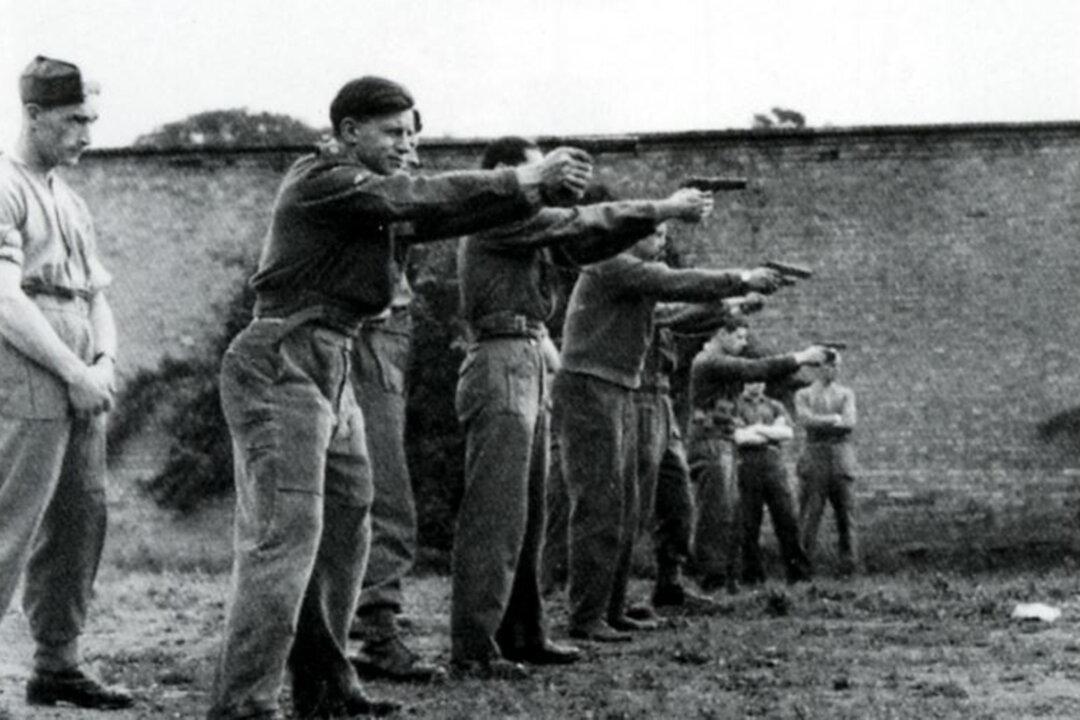Commentary
May 10th, 1940, might be a date that doesn’t exactly resonate with many Americans, but it’s quite a memorable date among many Europeans, particularly those who hail from France, Belgium, Luxembourg, and the Netherlands.

May 10th, 1940, might be a date that doesn’t exactly resonate with many Americans, but it’s quite a memorable date among many Europeans, particularly those who hail from France, Belgium, Luxembourg, and the Netherlands.